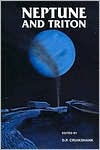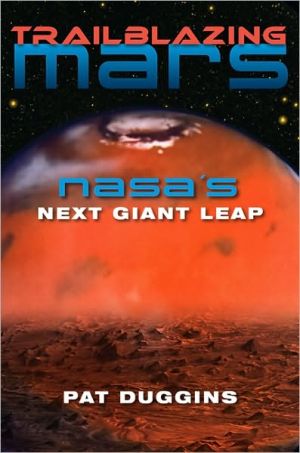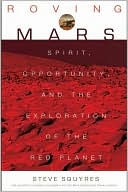Neptune and Triton
The first reconnaissance of all the major planets of the Solar System culminated in the Voyager 2 encounter with Neptune in August 1989. Neptune itself was revealed as a planet with gigantic active storms in its atmosphere, and off-center magnetic field, and a system of tenuous, lumpy rings. Whereas only two satellites were known prior to the encounter, Voyager discovered six more. Triton, the largest satellite, was revealed as a frozen, icy world with clouds and layers of haze, and with...
Search in google:
The first reconnaissance of all the major planets of the Solar System culminated in the Voyager 2 encounter with Neptune in August 1989. Neptune itself was revealed as a planet with gigantic active storms in its atmosphere, and off-center magnetic field, and a system of tenuous, lumpy rings. Whereas only two satellites were known prior to the encounter, Voyager discovered six more. Triton, the largest satellite, was revealed as a frozen, icy world with clouds and layers of haze, and with vertical plumes of particles reaching five miles into the thin atmosphere. This latest Space Science Series volume presents the current level of understanding of Neptune, its riings, and its satellites, derived from the data received from the Voyager. The book's chapters are written by the world's leading authorities on various aspects of the Neptune system and are based on papers presented at an international conference held in January 1992. Covering details of Neptune's interior, atmosphere, rings, magnetic fields, and near-space environment--as well as the small satellites and the remarkable moon Triton--this volume is a unique resource for planetary scientists and astronomers requiring a comprehensive analysis of Neptune viewed in the context of our knowledge of the other giant planets. Until another spacecraft is sent to Neptune, Neptune and Triton will stand as the basic reference on the planet. Booknews The result of a conference held in Tucson, Arizona, January 1992, to present the detailed view of the entire Neptune system achieved through the first few years of analysis of the information returned from the Voyager 2 flyby of Neptune in August 1989. The volume contains the invited review papers given at the conference, organized into seven parts: introduction; magnetic field and plasmas; atmosphere of Neptune; small satellites; rings; Triton; and missions. Includes a glossary, a color section with 16 plates; and two large, folded US Geological Survey pictorial maps of Triton in separate envelopes. Annotation c. Book News, Inc., Portland, OR (booknews.com)
DedicationCollaborating AuthorsPrefacePrelude to Exploration and the Voyager Mission to Neptune3The Discoveries of Neptune and Triton15Formation of the Neptune System37The Interior of Neptune109Neptune's Magnetic Field and Field-Geometric Properties141Energetic Particles and Hot Plasmas of Neptune169Magnetospheric Configuration of Neptune233The Plasma Environment of Neptune279Radio Emissions from Neptune341Plasma Waves and Related Phenomena in the Magnetosphere of Neptune389The Middle and Upper Atmosphere of Neptune427Clouds and Hazes in the Atmosphere of Neptune489The Troposphere of Neptune547Dynamic Meteorology of Neptune613Neptune's Small Satellites685Neptune's Ring System703Origin and Evolution of Triton807The Geology of Triton879Triton's Plumes: Discovery, Characteristics, and Models949Surface Composition and Photometric Properties of Triton991Lower Atmospheric Structure and Surface-Atmosphere Interaction on Triton1031Triton's Upper Atmosphere and Ionosphere1107Future Neptune and Triton Missions1151Glossary1179Acknowledgments1211Index1215
\ BooknewsThe result of a conference held in Tucson, Arizona, January 1992, to present the detailed view of the entire Neptune system achieved through the first few years of analysis of the information returned from the Voyager 2 flyby of Neptune in August 1989. The volume contains the invited review papers given at the conference, organized into seven parts: introduction; magnetic field and plasmas; atmosphere of Neptune; small satellites; rings; Triton; and missions. Includes a glossary, a color section with 16 plates; and two large, folded US Geological Survey pictorial maps of Triton in separate envelopes. Annotation c. Book News, Inc., Portland, OR (booknews.com)\ \







